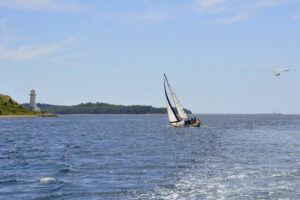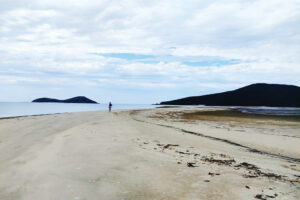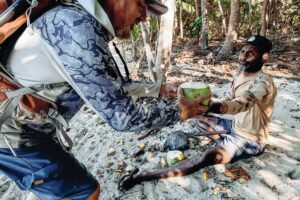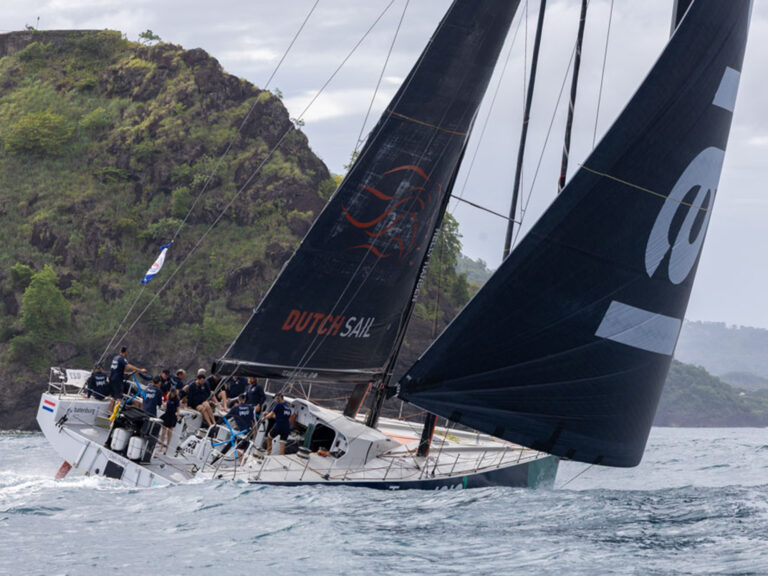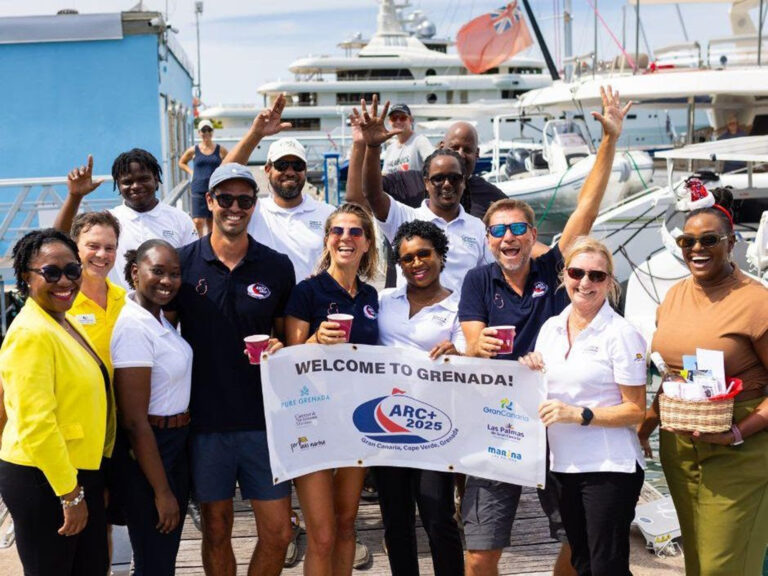The Bitter End: An Em Ridge Mystery by Linda Hall (2015; Wild Seas Press; paperback)

The Bermuda Triangle: Those three words instantly grab the attention of just about any cruising sailor. The second book in this fast-paced series finds professional captain Em Ridge on the job in those infamous waters. It begins with the discovery of an abandoned yacht, adrift and pristine but for a torn mainsail and obliterated name. Only a black cat is aboard, and both it and the classic wooden sloop are part of Capt. Em’s past.
From offshore waters to the Chesapeake and the Maine coast, intrigue builds as Em aids officials in unraveling the mystery behind the abandoned yacht, which ultimately involves family intrigue and murder. It’s not easy to find a well-written mystery; it’s even harder to find a topnotch sailing novel. But author Linda Hall is an expert sailor, and it shows — Capt. Em gets every nautical detail right. The combination of fast-paced mystery and well-crafted sailing adventure is irresistible. — Lynda Morris Childress
438 Days by Jonathan Franklin (2015; Atria Books)

In January 2014, news broke that a fisherman had drifted from Mexico all the way across the Pacific to the Marshall Islands. Many doubted the plausibility of a 14-month survival drift. With a rounded face and beard, José Salvador Alvarenga looked too healthy, like Santa Claus, many claimed. Facts at the time were few, and photos didn’t help much, but looking closely, I noted that his weathered and thin hands told a different tale than his face.
Edema also could account for parts of his body swelling. The view I gave to a variety of news outlets was that, as unlikely as it might seem that this drift occurred, staging a hoax was even more unlikely. It would be incredibly difficult and expensive, and for what? The off chance that he might gain publicity and make a buck or two? My own experience, and that of fellow ocean survivors, taught me that when a survivor has the bad taste to show up alive long after folks have written him or her off, the shouting of “hoax” is all too common.
Now 438 Days gives us the facts. Alvarenga, originally from El Salvador but posing as a Mexican, was fishing off the Mexican coast with a young mate and got caught in a blow. When the engine quit, off they went. This unparalleled story by Jon Franklin, who previously wrote The 33 about miners in Chile trapped underground for 69 days, is a fascinating compendium of the author’s in-depth research, including extensive interviews with Alvarenga and with the families, fellow fishermen and Marshall Islanders where Alvarenga landed.
Alvarenga was, in fact, perfectly suited to long-term ocean survival. He had the psychological and physical tool kit, felt at home afloat, was skilled at catching prey, and had routinely eaten raw food. His mate, a young man he barely knew, was not so well equipped, and died tragically en route, leaving Alvarenga alone for another 10-plus months. What is particularly surprising and encouraging about the tale is that Alvarenga’s drift path supplied a relatively rich larder compared to that of other ocean survivors, and in an offshore world that’s increasingly empty of fish. It also took him through a region frequented by rainsqualls. Having a 25-foot solid boat provided not only more space than survivors in rafts have, but also a much better working platform, water catchment surface, and protection from marine life. Alvarenga and his mate found additional shelter in a large cooler. Living off the sea for so long with almost no tools is hugely encouraging to other mariners who find themselves adrift.
Franklin reveals the evolution and complexity of the survival experience. Alvarenga was a man with a troubled past, but with incredible fortitude and the ability to adapt. There may be nothing noble about surviving itself, and Alvarenga was no varnished hero, but we can find plenty of inspiration from the complex and very real human being who always found the strength to trudge forward rather than give up, and who found, in the end, salvation and a new beginning. — Steve Callahan
Stress-Free Sailing: Single and Short-Handed Techniques by Duncan Wells (Bloomsbury Publishing; 2015)
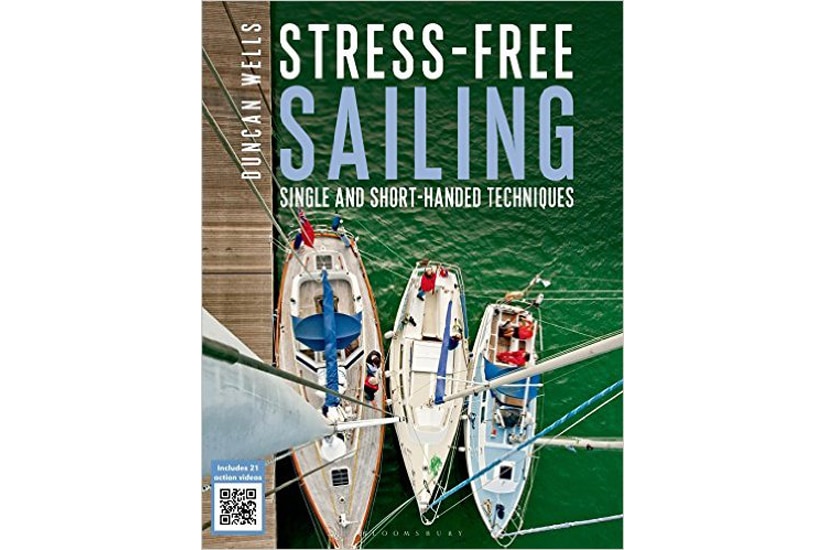
This is one of the best step-by-step handbooks about sailing to come out in decades. With clear illustrations, diagrams and photographs it makes learning to sail short-handed or single handed easy.
The book is targeted at couples, individuals and parents who need to handle a boat safely and efficiently, without help from guests or other crew.
Common sailing situations are given detailed solutions: These include sail setting and reefing, picking up mooring buoys, anchoring and berthing, man overboard, sailing in fog, and heavy weather. The book also offers 21 QR codes that will link you to online video demonstrations. — Rick Martell
Boat Kid by Melanie Neale (Beating Windward Press; 2013)

This book is the young-adult version of Neale’s Boat Girl, a memoir of the author’s childhood cruising on a sailboat in the Bahamas throughout the 1980s and ’90s. However, this isn’t just a story about a girl’s adventures on a sailboat.
As you get further into the book, a coming-ofage tale is woven into it. From ages 12 to 15, Neale works to overcome an eating disorder, and as she gets older, she struggles with her father and herself to determine who she is and what she wants to do with her life. Neale’s writing is both descriptive and informative, painting vivid images even in the minds of people who know little of boats. Being a current boat kid myself, I found it to be an interesting read, but I think it would be even more so for someone who doesn’t already live aboard.
Overall, I’d consider my time reading Boat Kid well spent. I would recommend this book to anyone 10 and older who would like a heartfelt and fun story. — Eleanor Robertson

